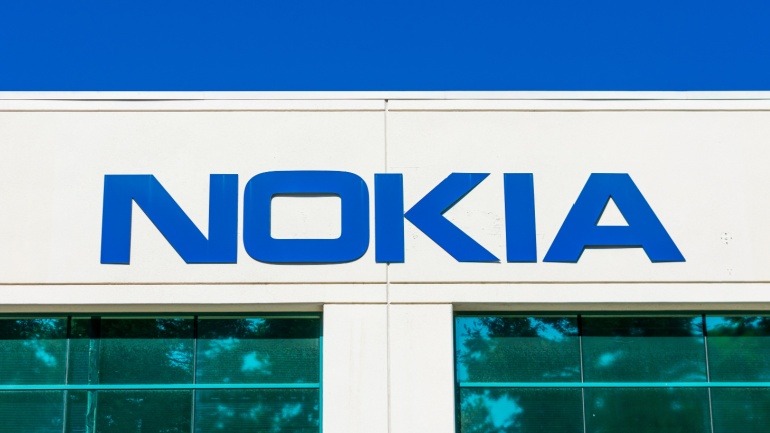Vodafone faces a massive £120 million lawsuit from franchisees alleging broken agreements since 2020. The claims highlight drastic commission cuts and arbitrary decisions, causing severe financial strain.
Open Gateway, initiated by GSMA, is set to redefine mobile networks with standardized telecom APIs, underpinning 5G’s potential. With coverage from 67 global operators, it aims to streamline developer interaction and offers vast opportunities for API-driven fraud prevention, edge computing, and digital transformation.
The U.S. government’s recent $273 million allocation through the Wireless Innovation Fund marks a pivotal advancement in the realm of VoIP and wireless technology. By promoting Open Radio Access Networks (Open RAN), this initiative supports the creation of cutting-edge Open Radio Units (ORUs), propelling the telecommunications industry’s VoIP capabilities and competitiveness.
Microsoft has sold its former private 5G unit, Metaswitch, to Alianza, signaling a shift in its telecom strategy. While Microsoft’s 5G efforts struggled, this deal enables Alianza to modernize telecom infrastructure for over 1,000 service providers, enhancing cloud-native and AI-driven services.
The new edge data center in Pilbara is revolutionizing local industries’ data processing capabilities, eliminating the 1,600-kilometer trek to Perth. This cutting-edge facility, initiated by NEXTDC and Vertiv, addresses latency issues and empowers sectors like mining with metro-level compute power and advanced cloud services.
Nokia has unveiled a groundbreaking 5G-enabled Nokia 360 Camera designed for Industry 4.0 applications. Featuring immersive 8K streaming and connectivity via 5G, Wi-Fi, and Ethernet, this camera blends cutting-edge virtual reality capabilities with robust durability.
Hexa Capital Consultancy and Equinix have teamed up to enhance Asia-Pacific to U.S. connectivity via the groundbreaking MYUS cable. Targeting the burgeoning digital demands in Southeast Asia, this collaboration utilizes Equinix’s strategic data centers and a high-capacity fibre optic link to empower seamless international data connectivity.
IBM and Samsung are poised to secure a £900 million contract for the UK’s Emergency Services Network, an essential move to modernize communication systems for emergency services. This development challenges BT’s previous dominance in the sector.
Toll-free numbers have been a staple of business communications for decades. They allow customers to call an enterprise without incurring charges, and are a proven way to help drive growth, enhance service, expand customer knowledge, and project corporate reliability. These phone numbers have been widely adopted not only by large corporations but also by small businesses, non-profits, and government agencies, underscoring their versatility and importance across diverse sectors. Today, there are over 44 million toll-free numbers in use in the US. However, the future of toll-free phone numbers is a topic of much debate in the ever-evolving landscape of digital communications. Despite the rapid growth of internet-based communication methods such as email, social media platforms, and chatbots, toll-free numbers still hold a significant place in business communications. This article explores the uses, importance and enduring benefits of toll-free numbers, and why businesses will continue to rely on them in the…
In an unprecedented move, the US FCC seeks to enhance cybersecurity for telecom operators, addressing vulnerabilities exposed by a severe hack. With a focus on advanced cyber defenses, the FCC proposes stringent rules compelling carriers to fortify their networks against sophisticated threats.













